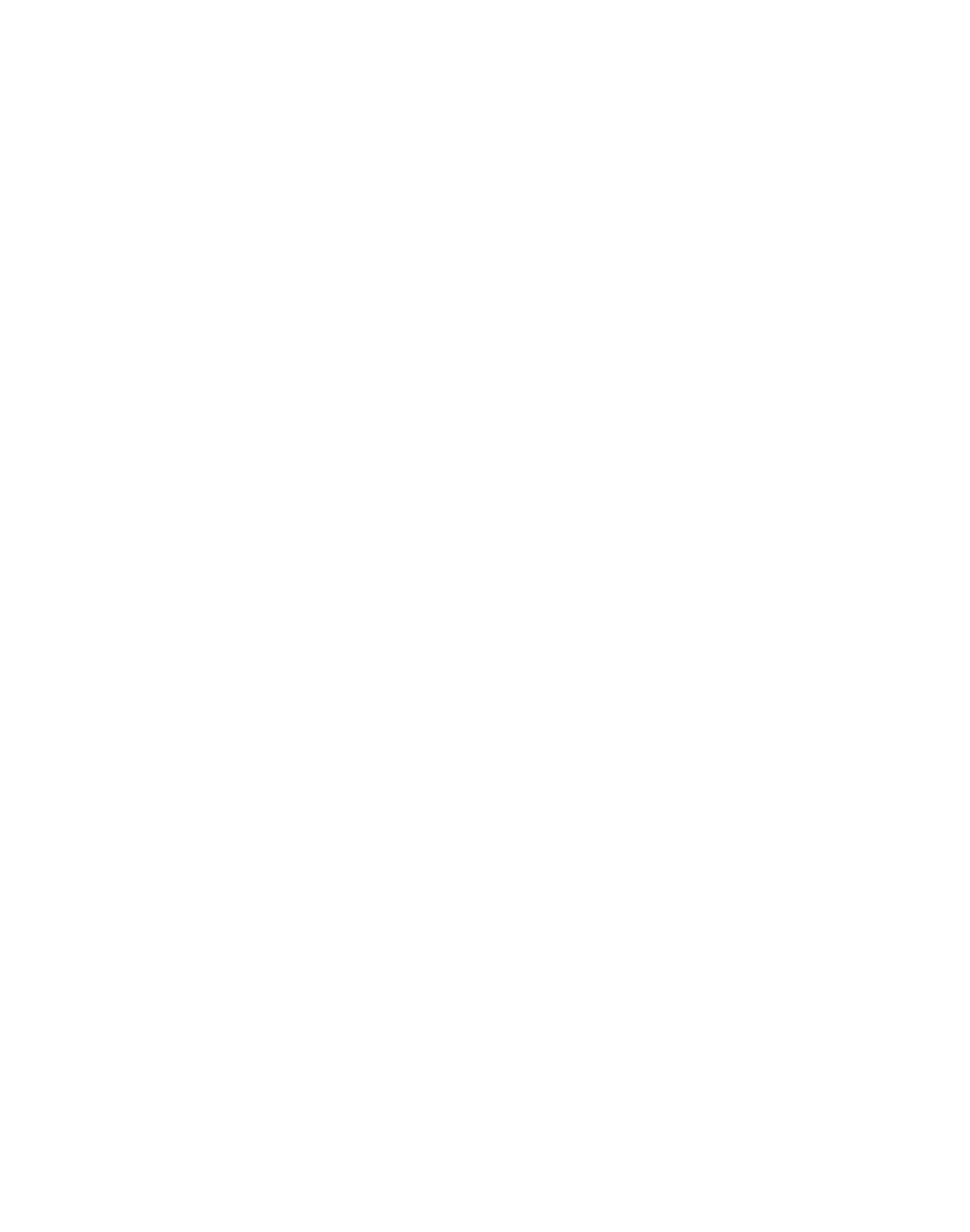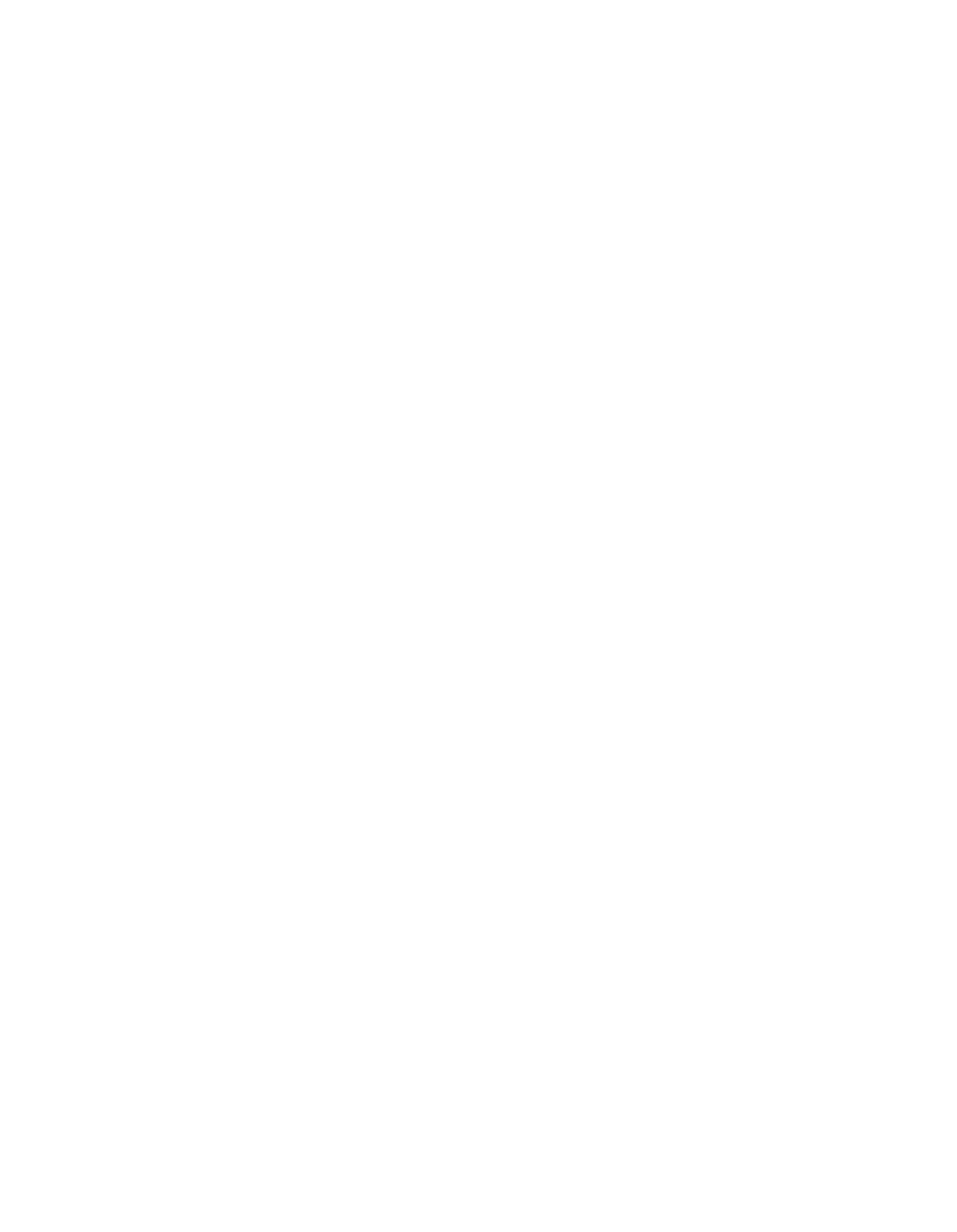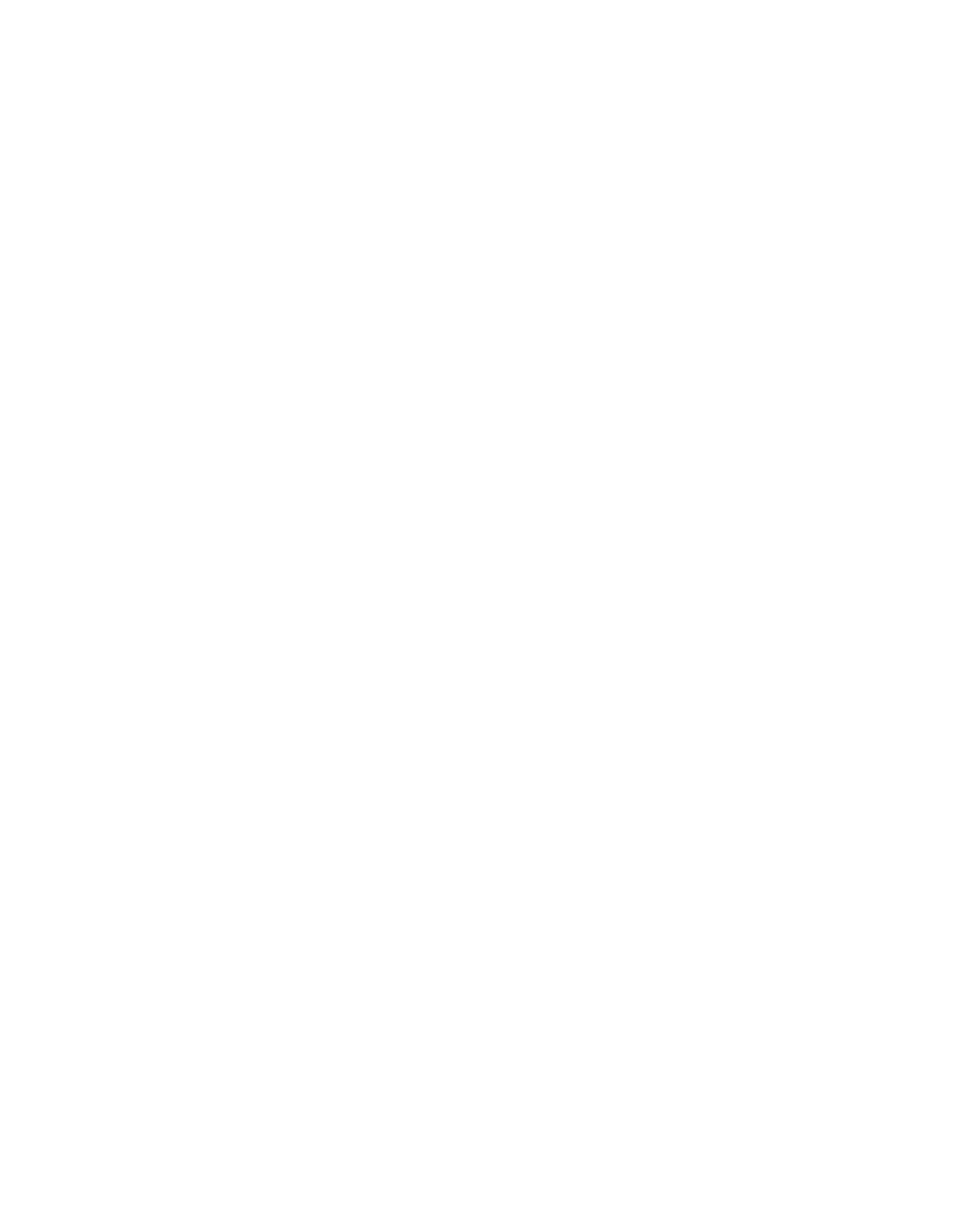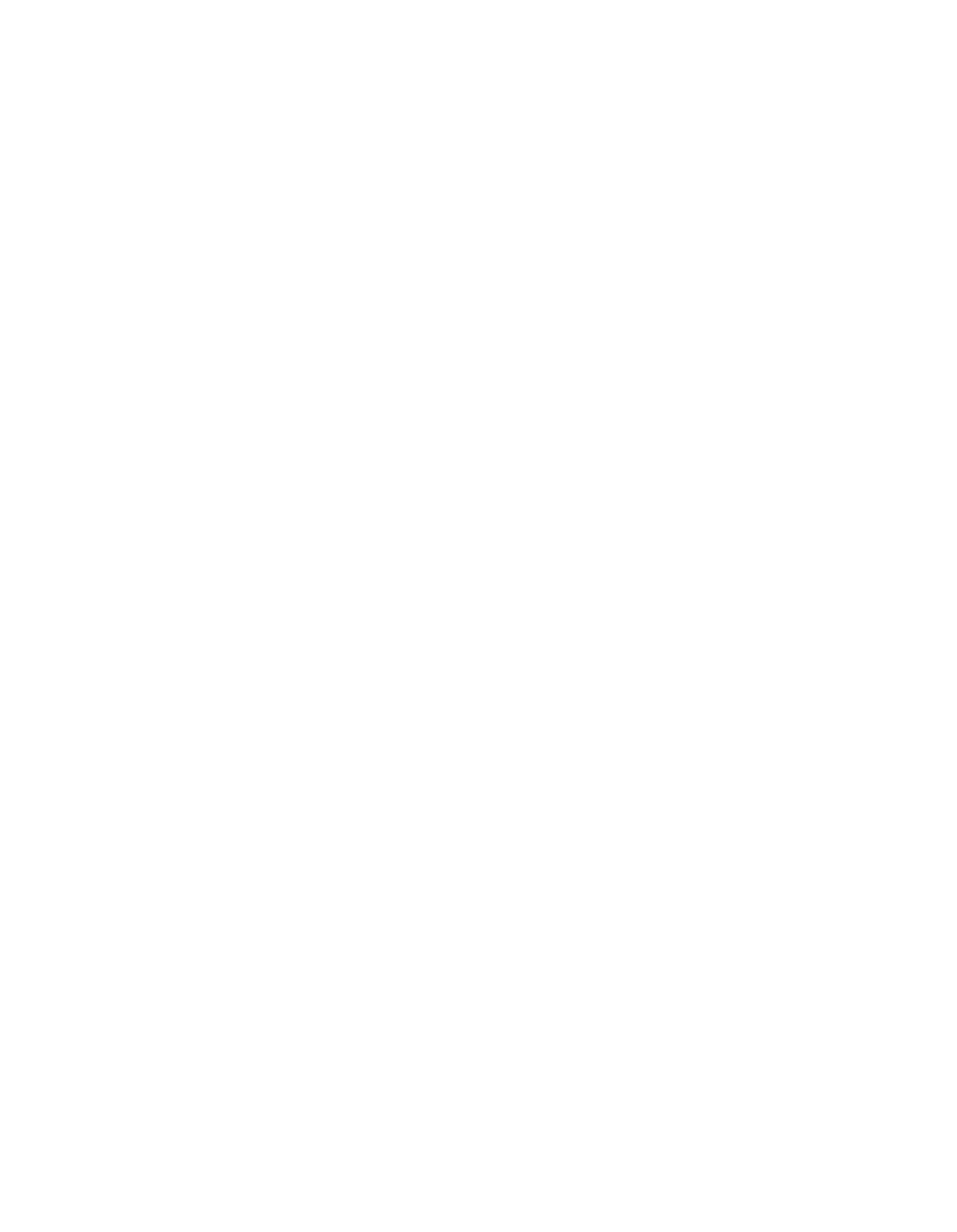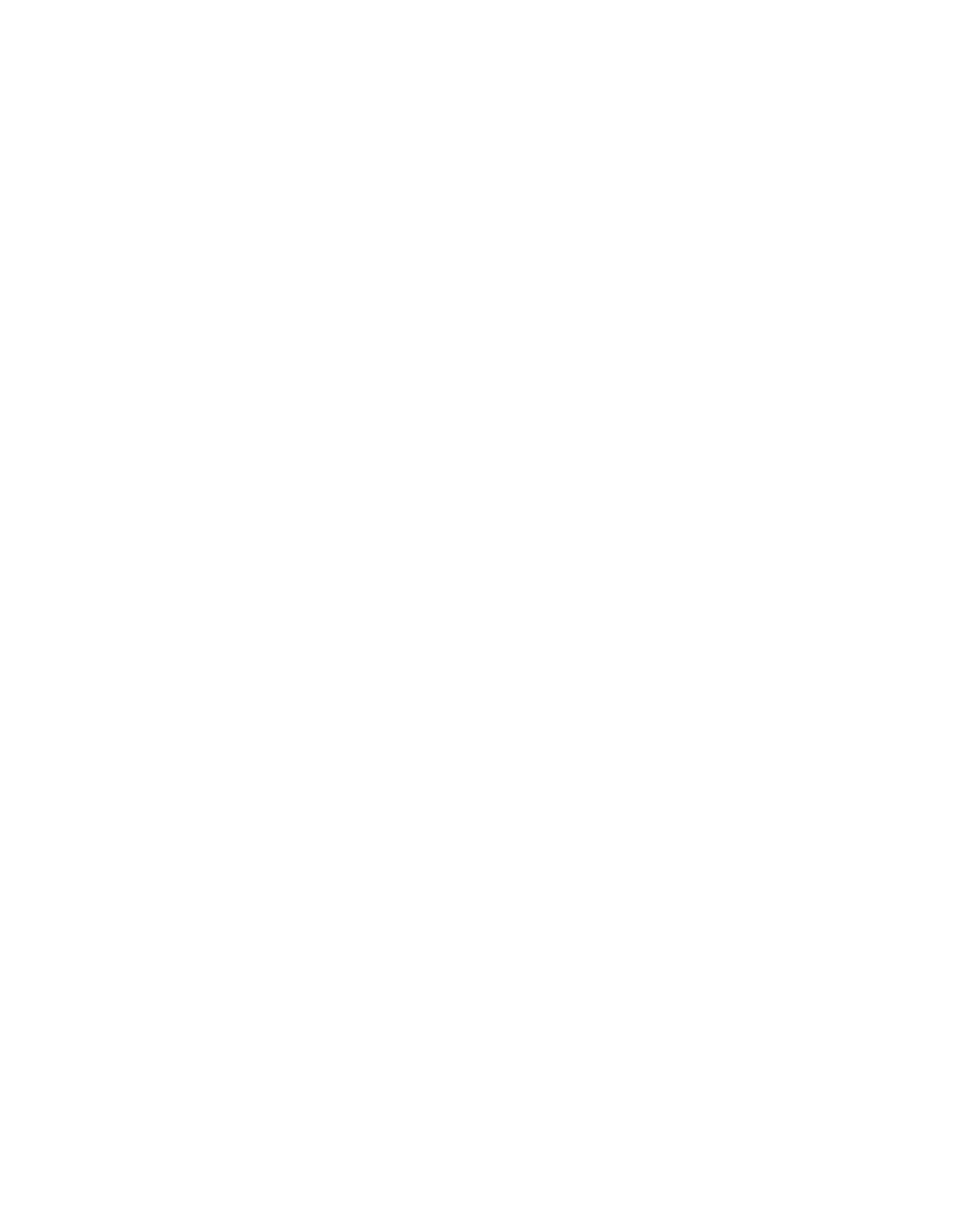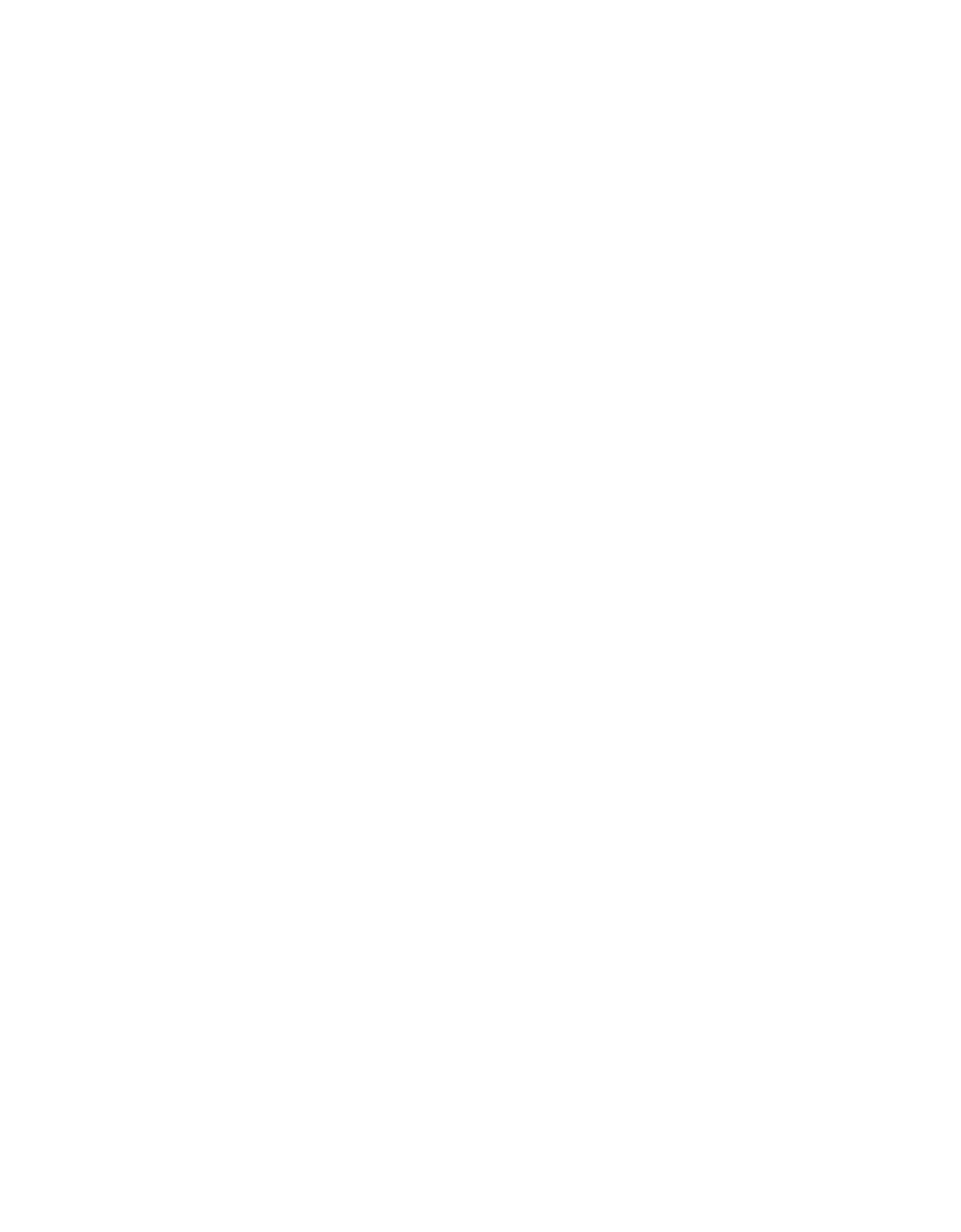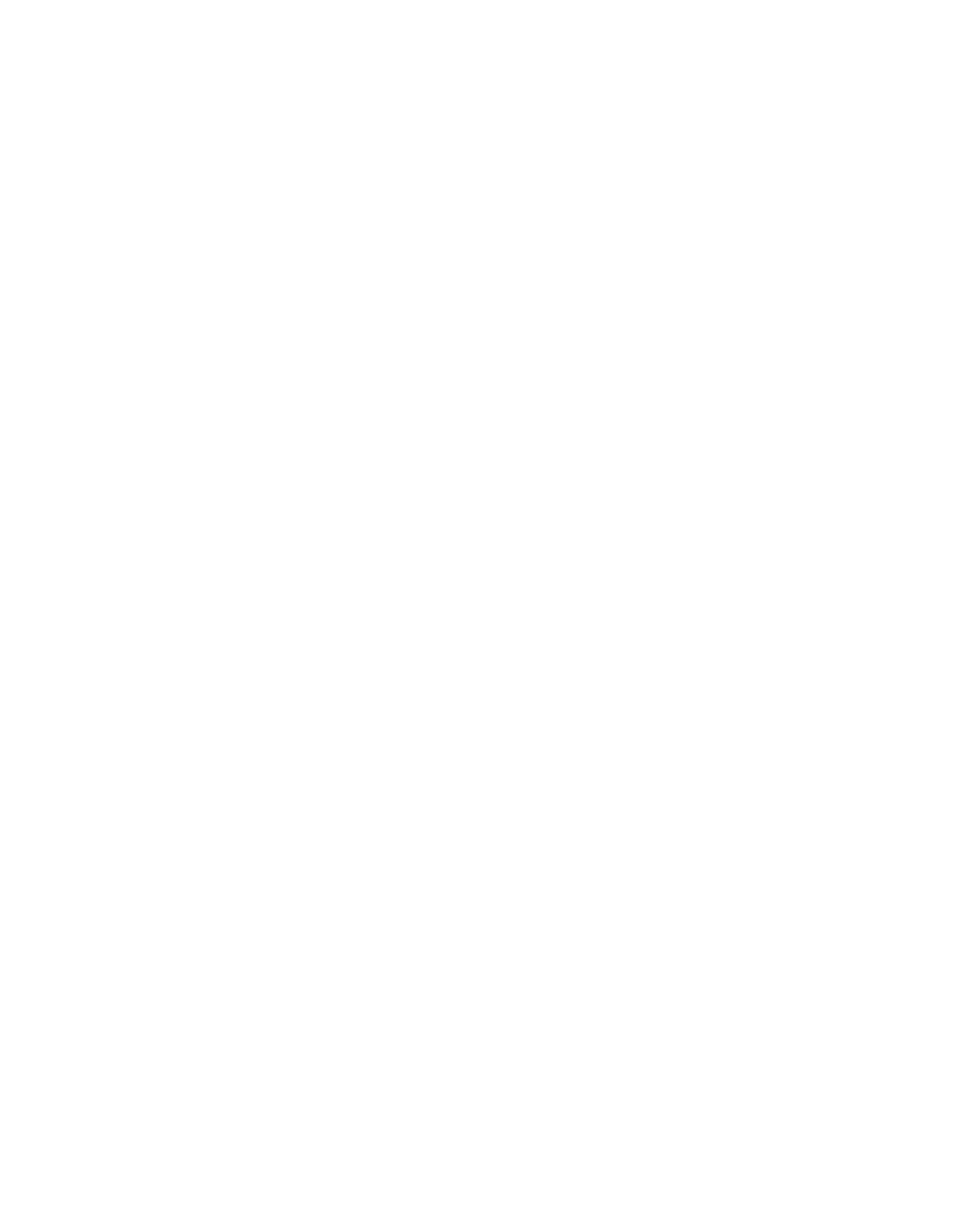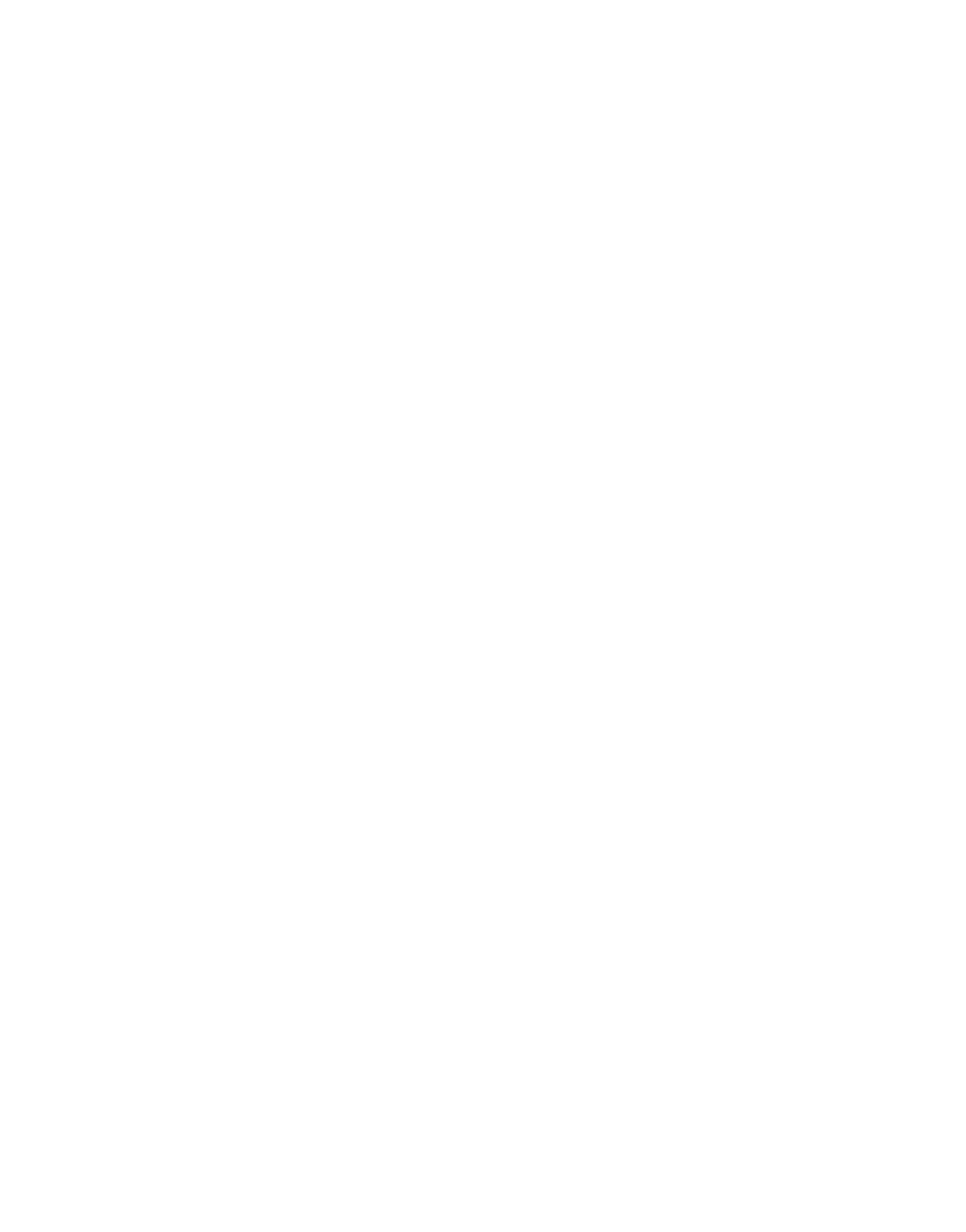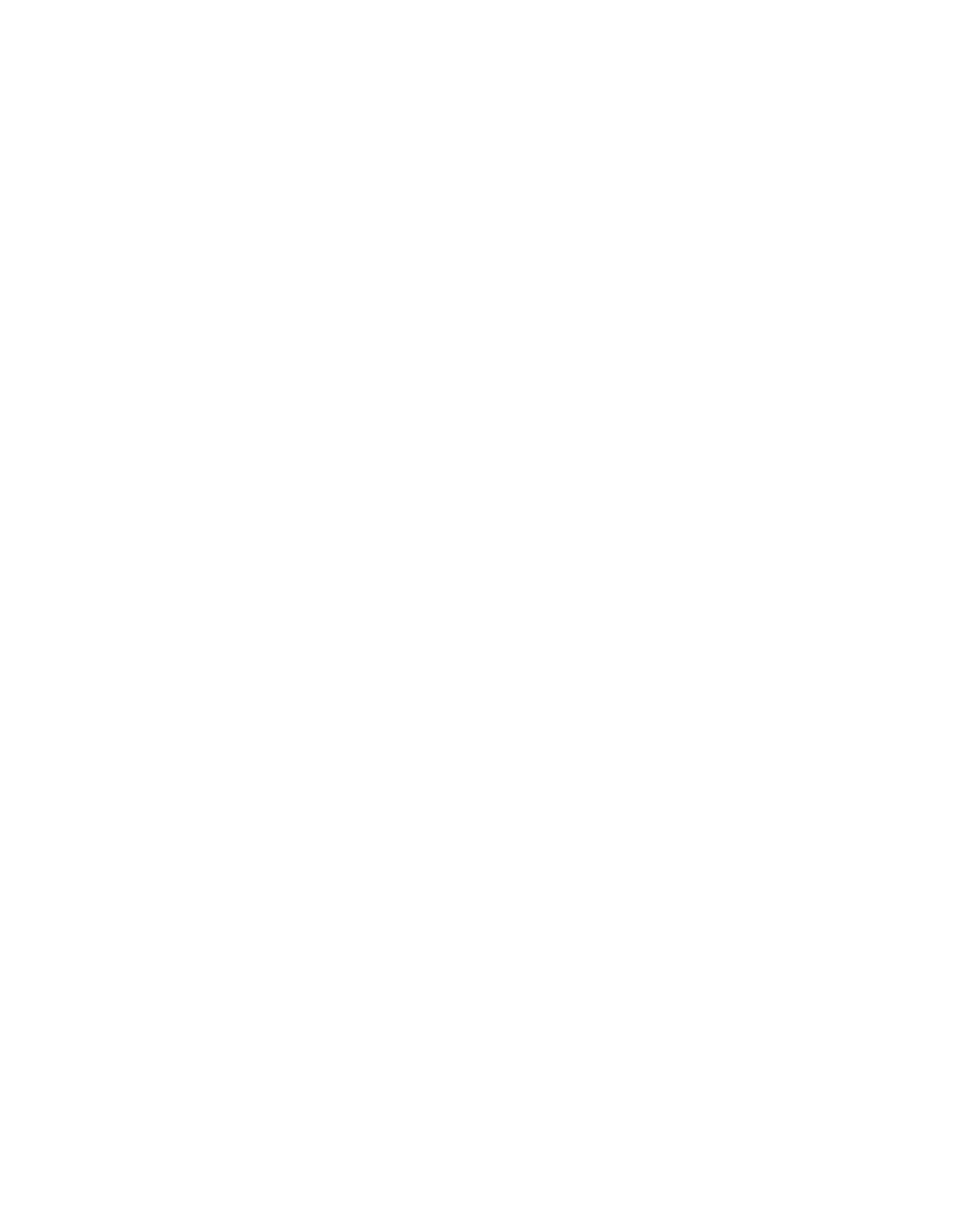ILLINOIS
POLLUTION
CONTROL
BOARD
February 20, 1985
ILLINOIS
ENVIRONMENTAL
)
PROTECTION.
AGENCY,
)
Complainant,
)
PCB 83~2
)
CHEMETCO,
INC~
)
)
ORDER OF THE
BO2~n~
~y J~
Anderson):
On June
14,
the Board entered an Opinion ~nd Order
in
this actions Th~~~tccepted
a stipulation and proposal for
settlement contaL~
~j
a compliance Order and provision for
payment of a
stip~:edpenalty into the Environmental Trust Fund
(Trust Fund),
in
~~~nce
upon
the condition that the parties
certify
their acce~:anceto
the Board’s finding of violation
of
the Environmental
i~:otection
Act
(Act)
(Ill. Revs StaL
ch~lll1/2 51001 etjp~j~jand various regulations~ Such
certification ~u1d
be tantamount to the
parties’
agreement to
modification o~that portion of the
stipulation
which provided
that Chemetco
3ither admits nor denies
tviolations~,*
On July
1
1984, Chemetco filed a Motion
for Modification
of the Board!s
tine 14,
1984 Orders
On August
7,
1984,
the
Agency
filed an Objection
to the same
Board Order,
and on
August 13,
1984 Chemetco
filed
a Response objecting to part of
the Agency’s
Motion and reasserted
its
earlier Motion to modify
the Board’s
order~
*The Board notes that this is the second “go around~’on the
issue
of settlement of this case~ An April
12,
1983 proposed
settlement
agreement which provided that
Chemetco “denies
violations”
was rejected by the Board
because,
inter alia,
“the imposition of a $20,000~00stipulated penalty
appears~inappropriateunder
the Act in
light
of the
Board’s
inability to find violations, since
a)
the
Agency has not withdrawn any of the charges or
allegations n~ade ~n Counts I,
II, III, and IV of
January
6,
1983 Complaint;
and
b)
the
Respondent,
althouØ agreeing to the
imposition
of a penalty, has
nonetheless steadfastly denied that any violations
occurred (including possible
‘technical’
violations due
to permit
expiration)~” j~y~Ch~~1IncG, PCB
83~2,54 PCB 157, Interim
Order October
6, 1983
(footnote omitted
The above filings all
request that the stipulation be
accepted
exactly as originally proposed,
thus eliminating
the
Board’s
modification of the stipulation to include findings of
violation
against Chemetco and a certificate of acceptances
The
Board hereby denies the modifications requested by the
parties~
On its own motion,
the Board vacates its Opinion and
Order
of June 14,
1984 in their entirety~ The proposed
stipulation
in rejected,
and the parties are ordered
to proceed
to hearing
in this matter, which shall be scheduled within 30
and
held
within 60 days
of
the date of this Orders
ci Histor
Prior tohiscussion of the Board’s rationale for rejecting
this stipulation, the Board will recapitulate the procedura1~
history in
thin action~
This mattes~comes before the Board
on the January 6,
1983
Complaint
brought by the Illinois Environmental Protection Agency
(Agency)
Count
I of the Complaint alleged that,
from June 14,
1578
to
January
6,
1983,
the Respondent intermittently allowed
contaminants frmn its facility into the
atmosphere causing air
pollution in~v~lation of Rule
102
of Chapter
2:
Air Regulation
(now
35 IlL A
Code 20Ll4l)
and
Section 9(a)
of the
Illinois
Environmental
)tection Act
(Act).
Count
II
leged
that, from January
1, 1980 until January
6,
1983, the Respondent operated its plant so as
to
cause emissions
of
fugitive particulate
matter
in violation
of Rule 102 of
Chapter
2
(now 35 Ill, Adm. Code 201), Rule
203(f) (1) of Chapter
2
(now 35
III, Adm. Code 212.301),
and Section
9(a) of the Act.
Count III alleged that,
from June 14, 1978 until January
6,
1983,
the Respondent operated each of its
three 70~tonfurnaces
in
such a manner as to allow particulate emissions into
the
atmosphere which exceeded the allowable emission rates
in
violation of Rule 102 of Chapter
2
(now
35
Ill Adm. Code
201.141),
Rule 203(a)
of Chapter
2
(now 35
Ill. Adm. Code
212~321),and Section 9(a)
of the Act.
Count IV alleged
that,
from June
5,
1978 until
December
12,
1978
and from December
8,
1981 to January
6,
1983,
the Respondent
operated
its three 70~tonfurnaces without
an Operatiun
?~mit
from
the Agency in vic ition of Rule 102
of Chapter
2
~i~O
35
IlL
Adm.
Code 201.141), Rule 103(b) (2)
of
Chapter
2
(now 35
Iii.
Adm~Code
21.144,
and Section 9(b)
of the Act,
The
initial hearing on this matter was held
on March
4,
1983~
The parties filed a Settlement Agreement on March
7,
1983,
On
April 12,
1983, the
parties filed
a second Settlement
Agreement
which was
identical in substance
to the first
63~30
Settlement Agreement,
but which contained some minor language
changes
which had been read into the record at the hearing and
had been requested by
the Agency.
On October
6,
1983, the Board entered an Interim Order which
rejected the proposed settlement agreements
Deficiencies in the
initially proposed stipulation included the fact that:
(1)
Chemetco did not admit to any violations, but
did
agree to pay a
$20,000 penalty and to undertake a compliance program;
(2)
the
parties stated that the settlement agreement could be amended
if
they agreed
in writing,
but did not state that the Board’s
approval would be necessary (thereby creating a mechanism by
which they
could
amend the compliance plan without first
consulting th~
~~~ard),
and
(3)
the possibility of carcinogens
being
released into the atmosphere from arsenic—bearing materials
during scrap
metal processing operations
(thereby
possibly
jeopardizing the health and safety of
individuals who live near
the
metal reclamation and smelting facility) was not specifically
addressed by the parties.
On March
28,
1984,
a
Joint Motion
for Approval of an Amended
Settlement Agreement and Exhibits, along with the aforementioned
amended stipulation and exhibits,
was filed,
On April
6,
1984,
a
hearing was held and the third Amended Settlement Agreement
(Stip.)
and var~ousexhibits were admitted into evidence
as
Parties’ Exhib
No,
1.
(R.
7_20,)*
In the th
I Amended Settlement Agreement,
the
parties
amended
the pr
bus stipulation in an attempt to
meet the
Board’s
concer~
On page seven, paragraph two of the most
recent
stipulation, Chemetco has stated that it
“neither
admits
nor denies the alleged violations”, rather than simply denying
the
violations.
The objectionable language on
page seven
in
paragraph four pertaining to amendment of the agreement without
prior Board approval was deleted
in the latest stipulation, and
the
parties have noted that the compliance program was completed
on
October
6, 1983.
(R.3.)
Additionally, the Agency has
indicated that “having investigated the potential for arsenic
emissions during operation of Chemetco’s process,
it has
determined that arsenic
is driven off only during the heating
stage and
is therefore captured by the serubbers and not released
during
charging and tapping.”
*Citations to the record
(H,)
refer
to
the transcript of the
April
6, 1984 hearing,
The parties filed the proposed
settlement
agreement
before a hearing was held on the amended
agreements
The
Board will consider
the official filing date
of the third
Amended
Settlement Agreement to be April
30,
1984
(the date that
the hearing transcript was filed with the Board).
6S~3i
—4—
In its
June 14,1984 Opinion and Order,
the Board granted the
parties’
Joint Motion for Approval
of the Amended Settlement
Agreement.
However, the Board also noted
that because the Board
deemed
it appropriate to include
a finding of violation as item
#1
in its
Order,
a
Certificate of Acceptance and
Agreement was
included as
item #5
in the Order,
As
detailed
in the
stipulation,
the Respondent, Chemetco,
Inca
(Chemetco),
is a Delaware corporation duly authorized by the
Illinois
Secretary
of State to transact business
in Illinois,
Chemetco owns
and
operates a metal reclamation and secondary
copper smelting facility
(facility)
in Hartford, Madison County,
Illinois
which has
a plant site of 108
acres
(located about 10
minutes
by mr
north
of Granite City,
Illinois) which employs 176
people~
Ch~::m~~etco’s
site
is zoned for heavy industrial use and is
surrounded hy
farmland,
The nearest houses not occupied by
Chemetco
personnel are about 1/4 mile from the plant site,
An
oil
refinery,
power plant, petrochemical plant, brass mill,
and
other
large industrial
facilities are all located within
a 10—
mile radius
of the Respondent’s plant.
(See:
Exhibit
1;
R,8,)
Chemetco acquires a broad range of copper—bearing raw
materials
from scrap metal dealers and industry and produces
copper
cathodes from these raw materials, as well as recovering
other non—ferrous
metals as by—products.
During
smelting,
refining and
pr
cessing operations at its plant,
Chemetco used
three
(now
fow
70—ton rotating furnaces equipped
with overhead
hoods which
co~ ~tina scrubber system to capture
particulate
emissions.
Du.
ig part of the operations at
Chemetco’s facility,
each of
the fu;
aces are tilted, allowing the
emission of odors,
dust,
and gases
(including zinc oxides)
to escape
beyond the
furnace
hoods and roof of the plant into the atmosphere0
During Chemetco’ s processing operations,
copper—bearing
scrap is
smelted and refined.
The slag
is
treated in three
(now
four)
top—blown, 70—ton rotating Kaldo furnaces which are called
“converters”.
(See:
Exhibits
2 and 3.)
Some particulate
emissions
from these three
(now four) converters are captured by
separate
hoods and then are ducted
to,
and cleaned
in, separate
venturi~
scrubbers
(Stip.
2—3;
H.
8—9.)
Exhaust from this
process
reaches the atmosphere through three
(now
four) separate
stacks0
However,
some particulate emissions
are not captured by
the hoods,
ducts,
and scrubbers.
(Stip.
2;
R,
9,)
The
three rotating furnaces and associated
air pollution
control
equipment
(including the three venturi
scrubb~n~~
tre
*Between April 12,1983 and the present
date,
a fourth
rotating
rotary furnace
(i,e,, another
“converter”)
has come
into
operation at the Respondent’s facility0
(See:
page
5
of this
Opinion.)
—5—
existing
emission sources which were constructed and
in operation
before
April 14, 1972,
The Agency issued the requisite operating
permit
for the three furnaces on November
16,
1972 and renewed
the permit
on June 18,
1974 and April
2, l976~
However, because
an Agency
inspection on June 14,
1978
indicated possible
violations of
Rule 103(b) (2)
of
Chapter
2:
Air Regulations (now
35 Iii. Adm.
Code 201,144)
and Section
9(a)
of the Act,
the
Agency denied
permit renewal on July
20,
1978.
After corrective
measures
were taken by the Respondent,
subsequent permit renewals
occurred on
December 12,
1978; July
20, 1979;
and September 8,
1980,
(See:
Exhibit
6).
On
February 26,
1981,
the Agency
received
a petition, signed
by 52
individnulm.? which alleged that
Chemetco had violated Rule
203(f) (1)
of Ch.n ter
2:
Air Regulations
(now 35 Ill. Adm, Code
212,301)
by improper emissions into the
atmosphere.
(See:
Exhibit
7.)
On March 10,
1981,
the
Agency notified the
Respondent
that its inspection indicated
apparent violations
of
Rule 203(f)(1)
of Chapter
2:
Air
Regulations
(now 35
Ill. Adm,
Code 212.301.)
On May
13,
1981,
the Respondent put
forth a proposal to
modify the
air pollution control
equipment on its three rotating
furnaces and
to construct a fourth
furnace.
This proposal was
based on
varions reports from consulting
engineers (dating as
early
as
April
1980)
which indicated
that it would be possible
to design air
llution control
equipment which could capture
additional par
culate
emissions from the charging and tapping
operations of
emetco’s
three furnaces and also introduce a
change in
the
asic process
(utilizing
four,
rather than three,
furnaces)
to
reduce overall particulate
emissions from he
Respondent’
s plant.
While
negotiations were pending
with the Agency,
the
Respondent
submitted permit renewal
applications for the three
existing
furnaces on June 5,
1981,
After notice from the Agency
on July 9,
1981 that it intended to deny
Chemetco’s pending
permit
renewal applications,
the Respondent withdrew the
applications.
On June 16,
1981 and September
10,
1981, Chemetco
submitted
applications to the Agency
for
a construction permit
for the
fourth furnace.
However,
the
Agency deemed these
applications
incomplete, and sent
notices of incompleteness to
the Respondent
on July 8,
1981 and
October
6,
1981.
On
December
3,
1981, Chemetco resubmitted
its permit renewal
application
for the existing three
furnaces and its construction
permit
application for the fourth
furnace, but withdraw these
applications
following the Agency’s
Dece~ber30,
1981
nct~ce
of
intention
to deny these permits.
On
February 10,
1982,
the Respondent
again applied for a
construction
permit for the fourth furnace.
On March 22, 1982,
the Agency
issued Construction Permit No,
1198OIAAC to Chemetco
which
authorized the construction of a
fourth converter and~the
concomitant
air pollution control equipment.
On July
2,
1982,
the
Respondent applied for a construction permit to retrofit the
three
existing furnaces.
On August 16,
1982,
the Agency issued
the requisite construetbon permit which authorized
the Respondent
to modify
and install the necessary air pollution control
equipment
on Chemetco’s three rotating
furnaces.
(See:
Exhibit
6.)
During
ongoing settlement negotiations,
the parties were
initially
in dispute as to whether or not:
(1) Chemetco was
lawfully
entitled to renewal of
its
operating permit
after the
expiration
date of December
8,
1981;
and
(2)
the charging and
tapping
emissions from the Respondent’s
three furnaces were
insufficiently
cont;jplled on the dates alleged
in the
Complaint.
(H.
li~~~tip.
5.)
The
Respondent has neither denied
nor admitted
the
a
~ jatlons
in the
Complaint, but has agreed
to
improve
control of t~;arging and tapping
emissions
by following an
agreed—upon
compliom~program and
schedule
involving
retrofitting
of
t’m
~ree exist~ng
furnaces to improve the
snorkel
hoods and thu charging and
tapping controls,
(See:
Exhibits
3 and
5.)
hdditionally, after
the completion
of the
retrofitting
program,
the Respondent has
agreed to
conduct the
necessary
stack tests, and
to notify the
Agency
in advance of the
stack
sampling so that Agency personnel
may witness
these
tests
and make
simultaneous visual observations
of the fugitive
emissions
from ‘~hemelt shop building
to determine compliance.
(See:
Exhibits
and 5,)
Although
C
rnetco has neither
admitted nor denied
the
allegations
of
e Complaint, the
proposed settlement agreement
provides that
t
~ Respondent agrees to
promptly pay a stipulated
penalty of
$20,U00 into the Environmental Protection Trust Fund.*
*This
penalty
is to be made payable to
the Environmental
Protection
Trust Fund
(Trust Fund), pursuant
to the authority to
so order
granted to the Board in Section 42(a)
of the Act as
amended
by P,A. 83—0618, effective September
19, 1983.
The
legislation
creating the Trust Fund and a Commission to
administer
it was P,A, 81—951 effective January
1,
1980 and
codified
as Ill. Rev, Stat, 1983,
ch.
111 1/2 ~l06l~
That
legislation
provides
in pertinent part
that
“The
Commission may accept, receive
and administer
.
.
any grants, gifts,
loans,
or other
funds*** providz~6
that such monies niall be used only
for the
purporns for
which
they are contributed and any
balance remaining
shall
be returned to the contributor
,
,
The Board
wishes to emphasize that
it does
not construe the
quoted portions
of the Trust Fund Act
as
giving a potential right
of recovery
for penalties ordered to be paid into the Trust Fund
pursuant
to Section 42(a)
of the Environmental Protection Act.
(continued)
—7—
of
The
basis
for rejection of this stipulation
is
the Board’s
conclusion
that it lacks statutory authority to accept
settlements
requiring payment of stipulated
penalties and
imposing compliance
conditions without a
Board finding of
violation, based
either on admissions or
evidence contained
in
the record.
The
legislatively—created
Board derives its
enforcement powers
and duties from the Act and the Administrative
Procedure Act
(APA), Ill, Rev, Stat,
ch.
127 §1001 et
Section 33(a)
of Title VIII:
“Enforcement”
of the Act empowers
and requires the
Board, after hearing,
to “issue and enter such
final order,
.
.
as
it shall deem appropriate
,
.
.
and
shall
file
and publish
a
written opinion
stating the facts and
reasons leading
to its decision.’
The
“written opinion”
requirement of Section
33(a)
has
a counterpart in Section
14
of
the APA, requiring
in contested cases
“findings of fact and
conclusions of
law”,
Section
33(b)
of the Act provides
that “such
Section
32(a)
order may
include a direction to
cease and desist
from
violations of
the Act or of the Board’s
rules,
.
.
.
and/or
the
imposition by
the Board of civil penalties
in accord with
Section
42 of this Act,***n
The pertinent
subsection of the Section,
Section 42(a),
‘~rovidesthat
“Any person
:hat violates any
provisions of this
Act or any
~gu1ation adopted by the
Board, or any
permit or
t
:m or condition thereof,
or
that
violates a~
determination or order
of the Board
pursuant
to this Act, shall be liable to
a civil
penalty
of not to exceed $10,000 for said
violation
and an
additional civil penalty of not
to exceed
$1,000
for each day during which violation
continues;
such penalties may, upon
order of the
Board or a
court of competent jurisdiction, be made
When the
Trust Fund was created,
the legislature obviously
envisioned
that the fund was to receive voluntary
gifts
or
contributions,
to either be used for environmental purposes or to
be returned
so as to avoid frustration of the
intention of
the
donor of the
gift,
Payment of a
penalty for violation of the
Environmental
Protection
Act
is a compulsory, and not a
voluntary,
act.
There
is no right
of recovery for
a penalty paid
into the
Gerurul
Revenue Fund,
In allowing penalty monies to
be paid
incti
nhe
Trust Fund,
the legislature has clearly
implied that such
penalties may,
in essence,
be earmarked for
any appropriate
environmental
purpose.
The Board concludes
that to construe the
Trust Fund
Act as implying a right of recovery
for penalties
deposited into
it runs counter
to the
intention of the
Environmental
Protection Act,
payable
to the Environmental Protection Trust Fund,
to be
used in accordance with the provisions of
“An
Act creating
the Environmental Protection
Trust
Fund”,
approved September 22, 1979, as amended.”
The Act
does not specifically mention
settlement
procedures.
However,
pursuant to the authority
granted under
Section 26 of
the Act, the Board has adopted a
procedural rule,
35 Ill. Adm,
Code 103,180, permitting and providing
requirements
for submittal
of a proposed settlement or compromise.
A
written
statement
is to be filed containing, among
other things a “full
stipulation
of al material facts pertaining
to the nature,
extent, and
causts of~thealleged violation”,
a
proposed
compliance
pF
id a proposed penalty,
In line
with the
hearing requL.
ts of Sections 31 and
32 of the Act, the
written propomu;;s
to be presented at public
hearing for citizen
comment on
tha u~~iegedviolations and proposed
settlement
terms,
The Bou~.h
has provided that it shall
“consider such
proposed
settlument or stipulation and the hearing
record” and
may “accept,
suggest revisions
in,
reject the
proposed settlement
or stipulation,
or direct further hearings as it
appears
appropriate.”
Viewing
the Chemetco stipulation
in light
of these various
statutory and
rr~gulatoryrequirements,
it
is
clear that the Board
cannot make
any ~equired findings of fact and
conclusions of law
beyond one that
~theparties wish to settle
the case for $20,000
payable into tI~
Trust Fund,”
To the extent
the Act authorizes
the Board to
oi
~r payment of what Chemetco
admits
is a penalty
(see e.g. Motic
of July 19,
1984 at p. 9),
the authority is
premised on a
finding of violation.
As Chemetco
resists a Board
attempt to
make such a finding, and as the Act
does not authorize
the Board
to accept, on the part of
the State,
“voluntary
contributions”
in settlement of “nuisance suits”,
the penalty
portion
of
the stipulation must be rejected.
As to the proposed
compliance
plan,
in the absence of findings of
violation,
the
Board
is
placed in the position of ordering accomplishment
of
“voluntary
remedial activities”
to correct “non—existant” non-
compliance.
The compliance plan portion of the stipulation
is
also
rejected.
The
parties have not directly addressed the Board’s
statutory
authority to accept this stipulation, forwarding
instead
various policy arguments.
These include
the assertion
that the law
favors settlements
(see Agency Motion of
August
7,
1984, p.
4—5
and cases
nited therein)
and that a
findi~m
violation
destroys the
~ssence of the bargain
here
anu
~~ctracts
litigation
(see Chemetco Motion of July 19, 1984
at p.
8—9), and
that the
Board
has
in
a
few cases imposed fines
without
a finding
of violation
(Id.,
p.
4 note).
While not here articulated,
it
might also
be~arguedthat the effect of the Board’s
decision
interferes
with the Attorney General’s otherwise
broad powers
of
prosecutorial
discretion,
While
these
policy arguments might support
a legislative
change,
they run counter
to the Board’s plain reading of the
Act,
The Board recognizes that the courts have accepted
settlements
between two parties without admissions,
The courts,
however, have
inherent common law powers
the Board
does not
possess.
Additionally, the Act inherently recognizes
that
pollution
issues affect the
interest of other persons,
above and
beyond the
parties, as Section 2 of the Act makes clear.
The
Board suggests
that the Act was deliberately framed to require
the Board
to make findings of violations,
so as
to assure that
compliance
and payment of a penalty
is a compulsory,
not a
voluntary,
act,
Existence or lack of findings
of violation may
also be
important in the event of subsequent filing
of
enforcement
actions against the same source:
previous findings
of
violation
may properly be considered as aggravating
circumstances
affecting
penalty deliberations
in later
cases.
The Board
also notes, pursuant
to Section 31,
that complaints may
be filed,
and settlements reached,
by citizens who take on the
status of
“private attorneys general”, and questions
whether
wide
prosecutorial
discretion also accrues to such persons concerning
stipulated
penalties and compliance conditions,
~eal
This “finding of violation”
issue has here twice been
argued,
and pot
ntially has applicability to every
enforcement
case brought
b
~re the Board,
(In fact,
the Board
has today
rejected
sever~
proposed stipulated settlements
requiring
payment of
pen
ties or other “gifts” or “sums” and
timely
performance
of ~ompliance plans,
in all of which cases no
findings of violation could be made:
~
PCB 81—190
($3,000 penalty, $9,500 “voluntary contribution”,
stepped—up
cross—connection enforcement program); IEPAv,
~
PCB 83—23
($300
“sum”,
“prohibition” from violations of the Act); ~
~
PCB
83—83
($8,000
penalty,
$14,000
“payment”, ceast and desist order);
and
IEPAv.
~ILGalv~,
PCB 84—3,
84—4
(consolidated)
($3,375 penalty,
complex
program of system improvements).
In each of these cases
the
Board has certified
a similar question for interlocutory
appeal.
For these reasons,
as well as the fact that a contrary
result would
have ended this action,
the Board on its own motion
hereby
issues a statement
(also known as a Certificate of
Importance)
to allow for immediate interlocutory appellate review
of the
Board’s Order pursuant to Supreme Court Rule
(SCR)
308.
SCR 308(a)
provides,
in pertinent part that
“When
the trial court, in making an interlocutory
order
not otherwise appealable,
finds that the
order
involves a question of law as to which
there
is
substantial ground for difference of opinion
and
that an
immediate appeal from the order may
materially advance the ultimate termination of
the
litigation,
the court shall
so state
in writing,
~l0—
identifying
the question of law involved,
The
Appellate
Court may thereupon in its discretion
allow an
appeal from the order,”
The Board
has authority to issue such a
statement
(see Getty
S~ntheticFuel
v.PCB,
104 Ill, App.
3d 285
(1st Dist,
1982).
Pursuant
to 8CR 308,
the Board finds that this
Order
a)
“involves a question
of law as
to which there
is
substantial
ground for difference
of opinion”, and b)
immediate
appeal “may
materially advance
the ultimate termination of
this
litigation”.
The question of law certified for appeal
is
as
follows:
Whether
the Boarh correctly determined
that it
lacks statutory
ahhhority, pursuant to Ill,
Rev,
Stat,
ch, 111
1/2, Sections 1032, 1033 and 1042 as
they relate
to Bca~:d acceptance of stipulations of
fact and
proposals for settlement in enforcement
cases,
to issue Opinions and Orders
in which any
Board
findings of violation are precluded by the
terms
of the stipulation and proposal, but in which
respondent
is ordered
to pay a stipulated penalty
and to
timely perform agreed—upon compliance
activities,
Finally,
the event of an interlocutory
appeal, the Board
will entertain
motion to stay its Order that
this action go to
hearing.
IT IS
SO ORDERED,
J.
D.
Dumelle dissented,
I, Dorothy N.
Gunn, Clerk of the Illinois
Pollution Control
Board, hereby
certify that the above Order was adopted on
the~o~_day~
1985 by
a vote of
~_/
Dorothy M,JGunn, Clerk
Illinois Pollution Control Board
